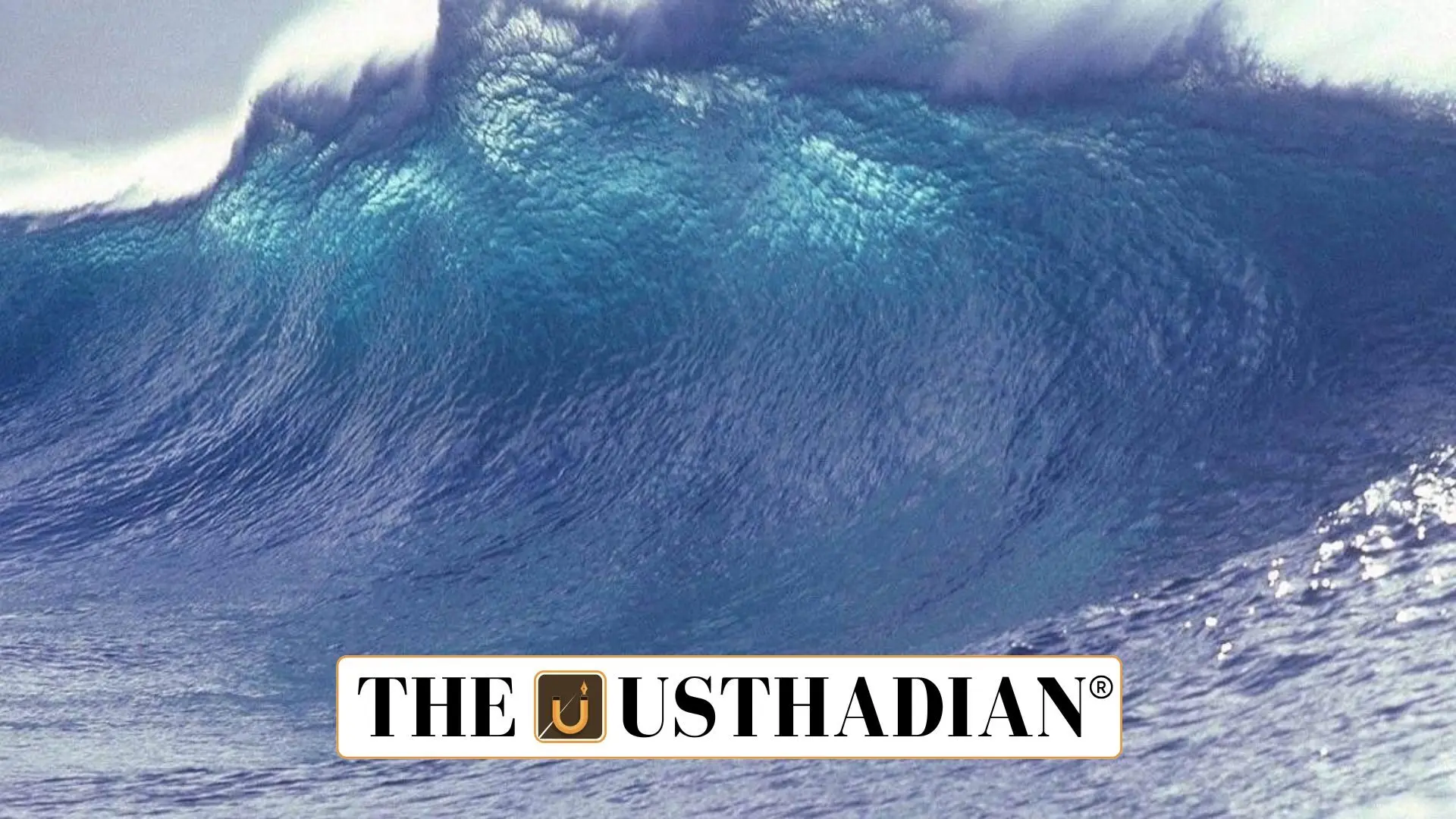Earthquakes strike Andaman Sea
Andaman Sea in the Limelight After Seismic Exertion: The Andaman Sea, located in Seismic Zone V, recently experienced three earthquakes in a single day. This zone carries the highest earthquake risk classification in India. Such tremors are frequent here due to intense tectonic movements beneath the ocean floor.
A geologically active region
The Indian Plate continues to move northeastward, colliding with and subducting beneath the Eurasian Plate, giving rise to the Andaman Trench. This trench is a major fault line and one of the most seismically active regions in the Indian Ocean.
Static GK fact: The Andaman Trench is an extension of the Sunda Trench, which triggered the 2004 Indian Ocean tsunami.
Location and maritime borders
The Andaman Sea is a semi-enclosed marginal sea in the northeastern Indian Ocean, bordered by:
- North: Myanmar
- East: Thailand and Malaysia
- South: Indonesia and the Strait of Malacca
- West: Andaman and Nicobar Islands (India)
These strategic borders make the sea vital for both geology and global maritime dynamics.
Ecological significance
This region falls within the Coral Triangle, known for its exceptional marine biodiversity. The sea hosts various coral species, tropical fish, and other aquatic organisms, making it a priority area for marine conservation.
Static GK Tip: The Coral Triangle spans six countries—Indonesia, Malaysia, Philippines, Papua New Guinea, Solomon Islands, and Timor-Leste.
Flyway for migratory birds
The sea is also crucial for bird migration. It lies on the East Asian-Australasian Flyway, one of the world’s main migratory routes. Wetlands and coasts around the sea act as vital stopover points for numerous species of migratory birds.
Strategic and economic significance
The Andaman Sea lies close to the Strait of Malacca, a critical trade artery connecting the Indian Ocean and South China Sea. Its rich marine resources also support fisheries, eco-tourism, and deep-sea exploration.
Static GK fact: The Strait of Malacca is one of the busiest shipping lanes in the world, handling a major portion of global trade.
Static Usthadian Current Affairs Table
Andaman Sea in the Limelight After Seismic Exertion:
| Topic | Detail |
| Seismic Zone V | Highest earthquake risk zone in India |
| Andaman Trench | Formed by Indian Plate subduction beneath the Eurasian Plate |
| Coral Triangle | Global marine biodiversity hotspot spanning 6 countries |
| Sunda Trench | Caused the 2004 Indian Ocean tsunami |
| Countries bordering Andaman Sea | Myanmar, Thailand, Malaysia, Indonesia, India |
| Strait of Malacca | Key international shipping passage |
| Migratory bird flyway | East Asian-Australasian Flyway |
| Biodiversity significance | Hosts coral reefs, fish, and aquatic species |
| Economic potential | Fisheries, tourism, deep-sea exploration |
| Geographic type | Semi-enclosed marginal sea in northeastern Indian Ocean |








